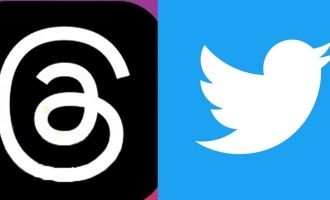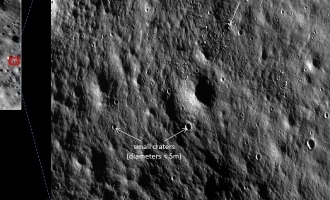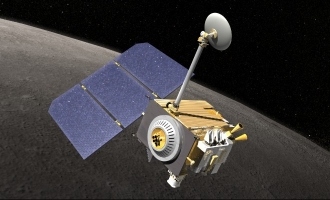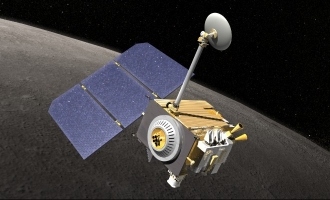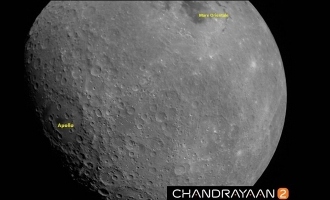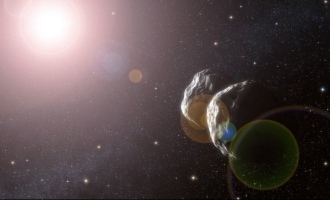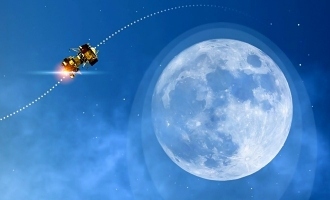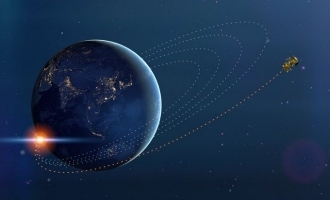Earth-like habitable planet discovered outside solar system


Send us your feedback to audioarticles@vaarta.com



A group of astronomers from Cornell University have characterized the first habitable world outside our solar system using NASA's Transiting Exoplanet Survey Satellite (TESS). The planet, called GJ 357 d, is located 31 light-years away in the constellation Hydra and orbits a star named GJ 357, an M-type dwarf about one-third the Sun's mass and size and about 40 percent cooler than our star. Even though the size of the planet is significantly larger than that of Earth, the temperatures in the region are warm enough to allow for liquid water, thereby increasing its potential to foster life.
The scientists came across GJ 357 d and one other planet orbiting the star when they were trying to confirm the existence of the satellite's first-discovered exoplanet*, called GJ 357 b, which cannot host life due to its 490 degrees surface temperature. The researchers described this exoplanet as the third-nearest transiting exoplanet to date and one of the best rocky planets they had for measuring the composition of any atmosphere it may possess. It was discovered after TESS observed that the dwarf sun GJ 357 dimmed very slightly every 3.9 days, evidence of GJ 357 b, the transiting planet that was moving across the star's face.
"GJ 357 d is located within the outer edge of its star's habitable zone, where it receives about the same amount of stellar energy from its star as Mars does from the Sun. If the planet has a dense atmosphere, which will take future studies to determine, it could trap enough heat to warm the planet and allow liquid water on its surface," said Diana Kossakowski of the Max Planck Institute of Astronomy, co-author of a paper describing the new planets.
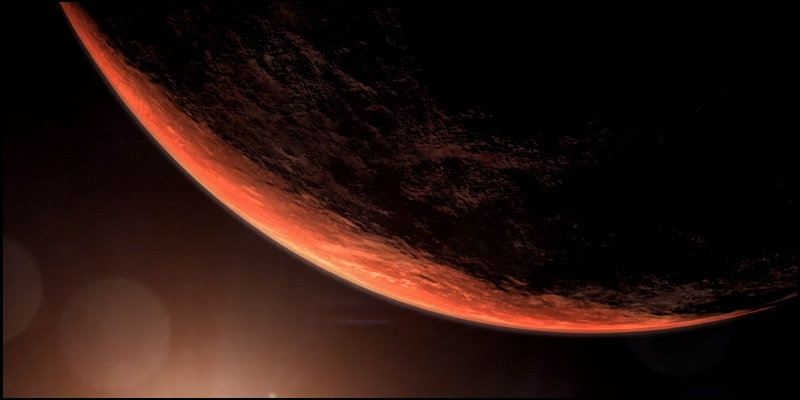
Earlier this year, 18 earth-sized exoplanets were discovered by astronomers at the Max Planck Institute for Solar System Research. All of them are approximately the size of earth with varying radii. While the smallest of them is only 69 percent the size of earth, the radius of the largest one is a little more than twice the Earth’s radius. NASA’s Kepler Space Telescope was used by the researchers to re-analyze previously conducted surveys employing a new, more sensitive method they recently developed.
*An exoplanet is a planet that is found outside of the Solar System and orbiting a star. Over 4000 of them have been discovered so far, mostly by NASA's Kepler space telescope, but 96 percent of these had a larger radius than Earth.
Follow us on Google News and stay updated with the latest!




 Follow
Follow




